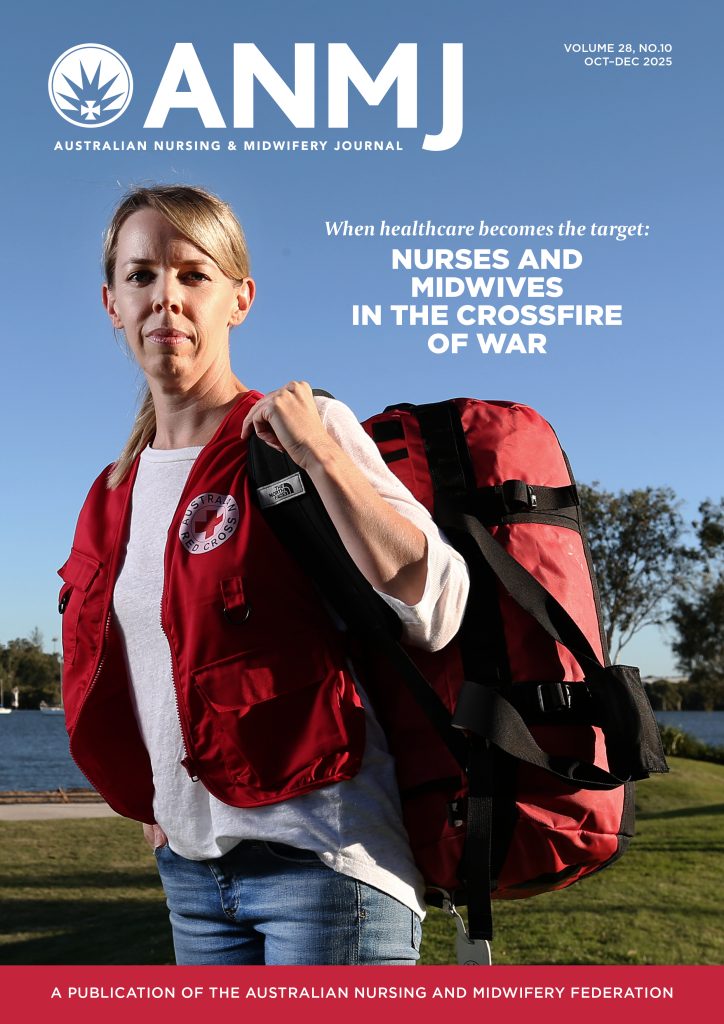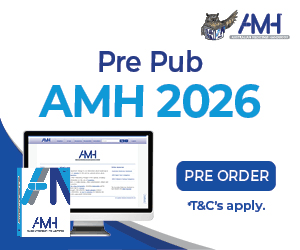Globally, there are risks of unintentional harm to patients due to inadvertent clinical errors, nurses’ burnout contributing to high turnover, and rises in healthcare costs, all threatening already overstretched systems.
One crucial but largely overlooked factor contributing to these risks is nurses’ cognitive mental workload inherent in performing their clinical work.
Research suggests nurses experience high Cognitive Mental Workload (CMW) which could be deleteriously impact their wellbeing, the quality of their care work, and, moreover, patients’ wellbeing.1,2
Nurses’ experience of CMW is the invisible mental effort required for processing information, critical thinking, clinical judgment, problem-solving, and planning for juggling and prioritising complex clinical and non-clinical care tasks, all the while ensuring patient safety.1
Nurses’ CMW can impact their performance as well as wellbeing of both patients and nurses, yet it is not currently recognised in workload management.1
High CMW leads to poor nurses’ performance, slow or no error detection and deterioration, delayed and missed patient care leading to irreversible adverse events and poor patient satisfaction.2 Indeed, high CMW is a risk for unintentional human error leading to patient harm. Furthermore, high CMW can precipitate burnout and exhaustion in nurses, precipitating high turnover, and an intent to leave the profession.2
Current measures of nurses’ workload rightly utilise patient severity, time worked, and number of visible works, but these measures ignore nurses’ perceptions and experiences of their workload, cognitive effort, and emotional labour.1,3
Researchers at the University of Southern Queensland are developing a customised tool to measure CMW in nurses. Initially designed for CMW in emergency nurses, the tool will be customised for broader applications across all nursing roles.
Other potential applications of the tool are managers can use it for workforce planning and monitoring, while policymakers can leverage it to design systems-level solutions. In summary, this innovate and quickly administered measure of CMW will be a conduit of information to improve patient safety, quality of care, and employee welfare.
References
1. Surendran A, Beccaria L, Rees S, McIlveen P. Cognitive mental workload of emergency nursing: A scoping review. Nursing Open. 2024;11(2):e2111.
2. Yuan Z, Wang J, Feng F, Jin M, Xie W, He H, et al. The levels and related factors of mental workload among nurses: A systematic review and meta-analysis. International Journal of Nursing Practice. 2023;29(5).
3. Racy S, Davidson PM, Peeler A, Hager DN, Street L, Koirala B. A review of inpatient nursing workload measures. Journal of Clinical Nursing. 2021;30(13-14):1799-809.
Authors:
Anu Surendran, RN NP endorsed is a PhD student at University of Southern Queensland and a nurse at Cairns and Hinterland Health services.
Dr Lisa Beccaria is an Associate Professor in the School of Nursing and Midwifery at University of Southern Queensland.
Peter McIlveen is a Professor in Psychology and Education at University of Southern Queensland.








